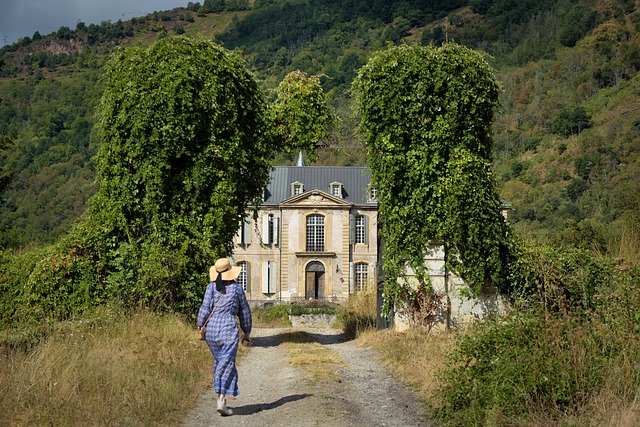We live in an era of incredible screen fidelity. From massive living room TVs boasting 4K and even 8K resolution to high-definition computer monitors, our ability to display detail has never been greater. We chase higher pixel counts, wider color gamuts, and better contrast ratios, all in pursuit of the perfect picture. But what happens when the source material doesn’t quite live up to the capabilities of our cutting-edge display technology?
This is where the magic of image restoration comes into play. While high resolution gives us the canvas, restoration techniques are the tools that clean up the paint, repair the brushes, and ensure the final masterpiece looks its absolute best. Think about older films transferred to digital, streamed content compressed for bandwidth, or even noise introduced during broadcasting or capture. These imperfections, like grain, compression artifacts, or subtle blur, can detract significantly from the viewing experience, even on the most pristine screen.
At its core, image restoration is a sophisticated technic involving complex algorithms designed to identify and mitigate these unwanted elements. Modern implementations often leverage advanced signal processing and increasingly, machine learning or artificial intelligence. These systems analyze patterns across frames and pixels, distinguishing between genuine detail and unwanted noise or distortion. They can intelligently smooth out grain, reduce blocky artifacts from compression, and even sharpen slightly blurred areas without introducing jarring halos or artifacts.
The impact on visualization is profound. Content that might otherwise look muddy or noisy suddenly gains clarity and definition. Details previously obscured become visible. Colors appear cleaner and truer. For cinephiles, this means classic movies can be enjoyed with a vibrancy and cleanliness that might surpass their original theatrical runs. For everyday viewing, it ensures that whatever you watch, from live sports to documentaries, benefits from the full potential of your high-resolution display.
Integrated directly into the processing chips of modern TVs and high-end professional monitors, these restoration processes work tirelessly in the background. They are a critical, often unsung, part of the pipeline that transforms raw video data into the stunning images we see. They demonstrate that pushing the boundaries of resolution isn’t just about adding more pixels; it’s equally about making sure every single pixel contributes meaningfully to a clean, sharp, and lifelike picture. It’s about bringing the original vision back to life, overcoming technical hurdles to deliver the best possible viewing experience.




